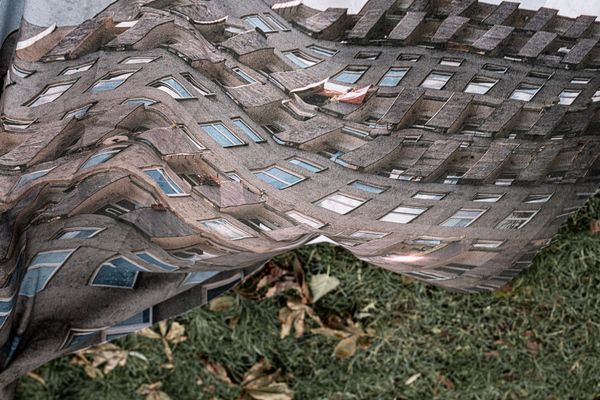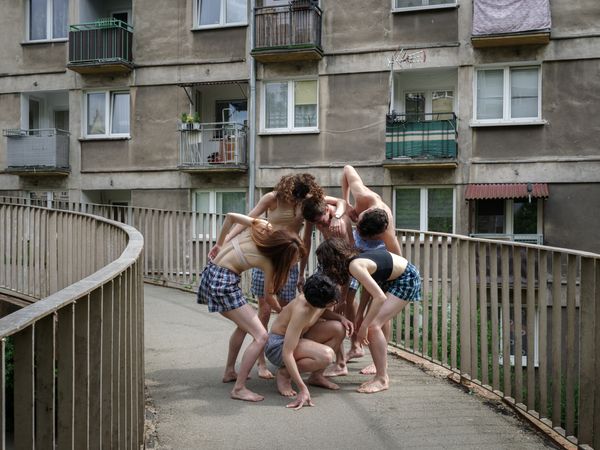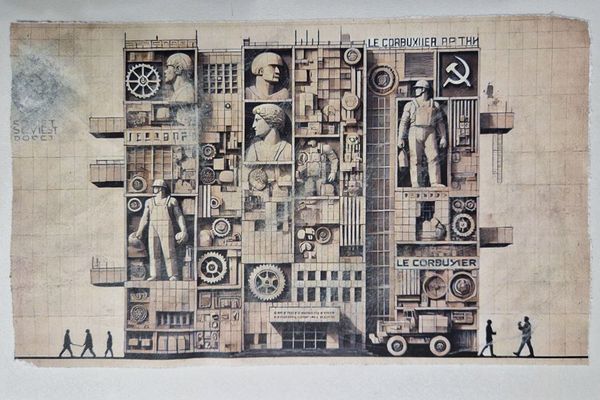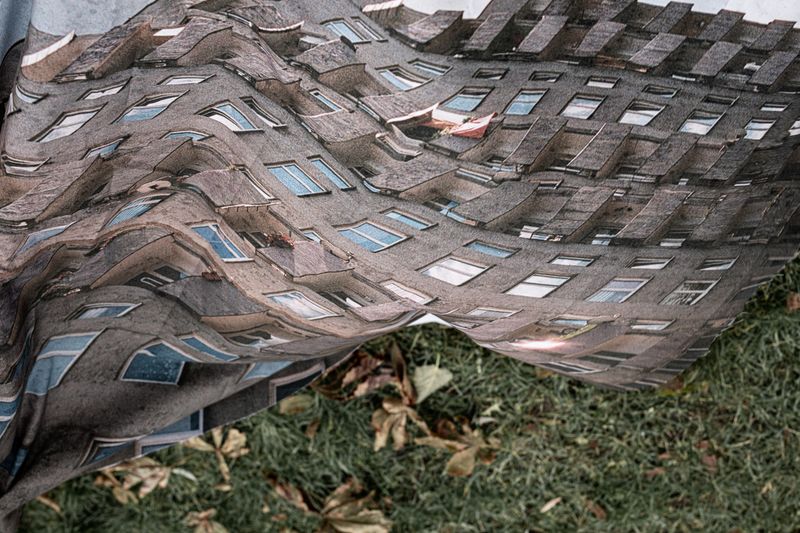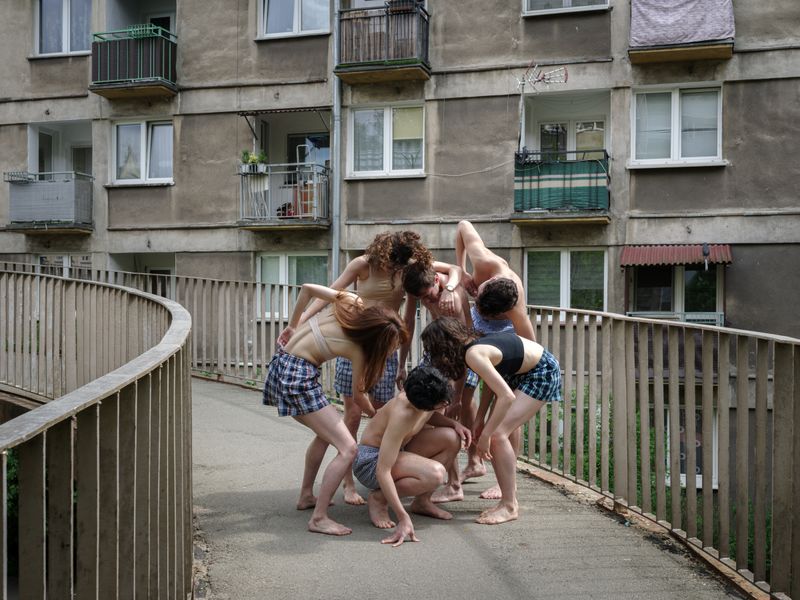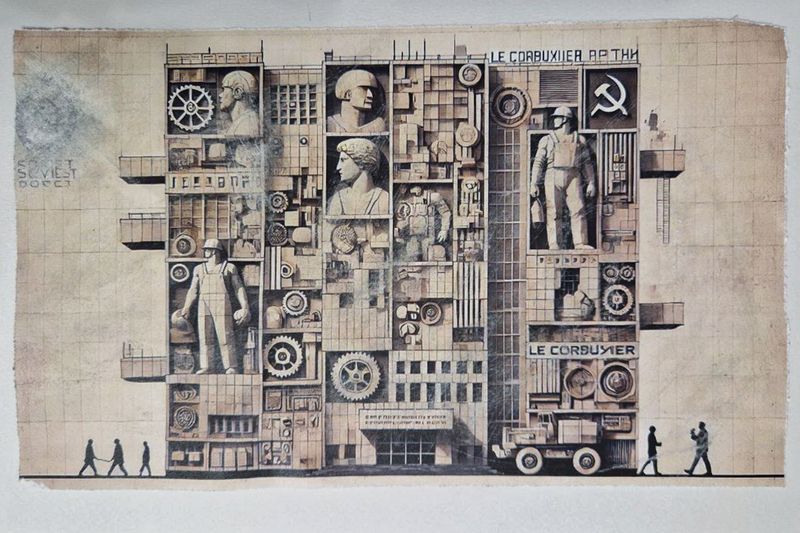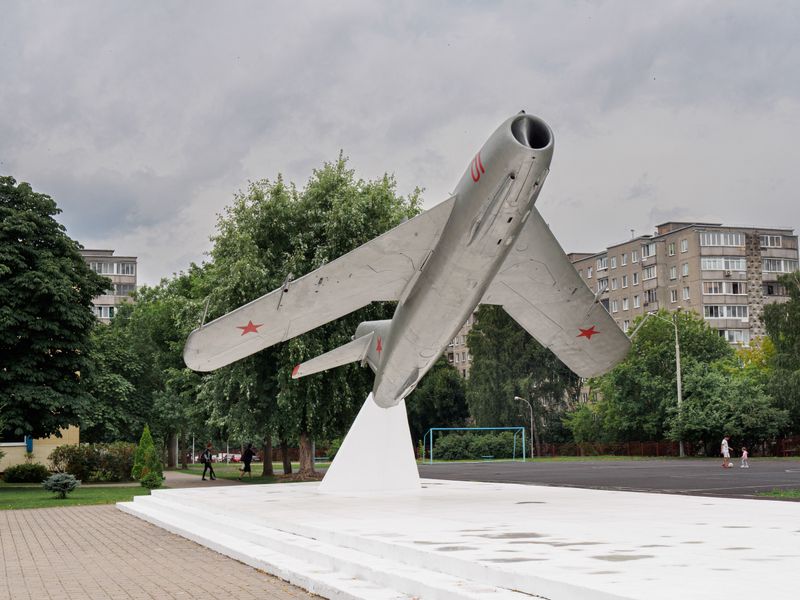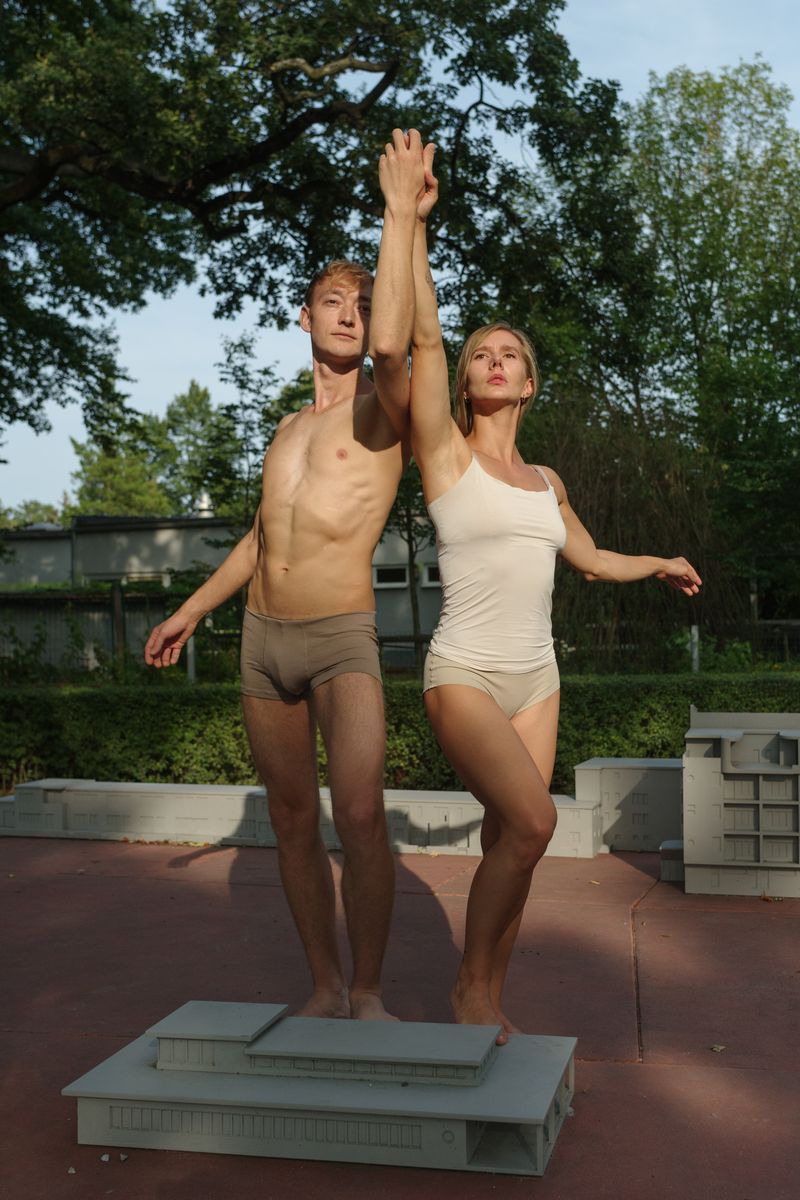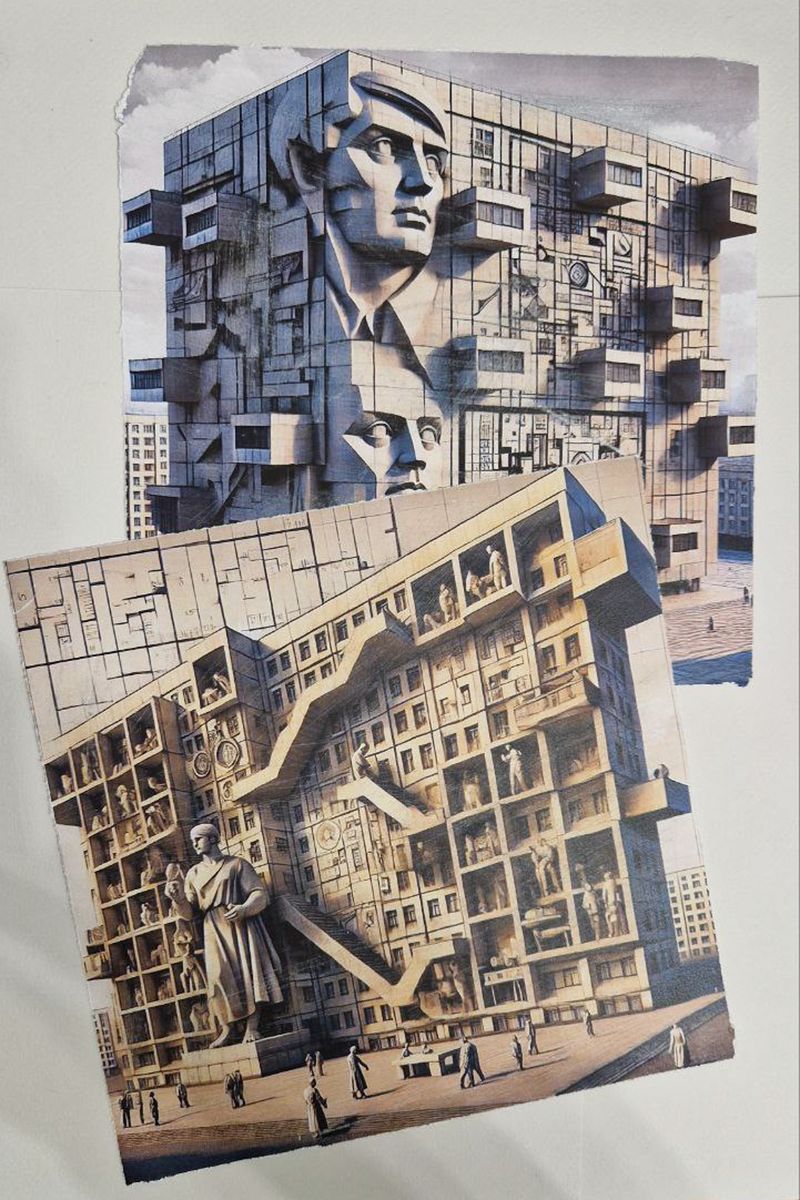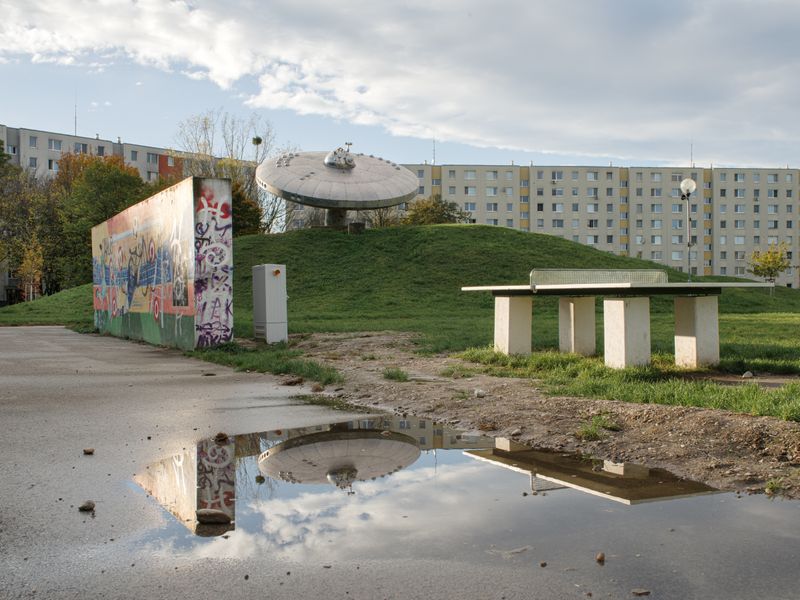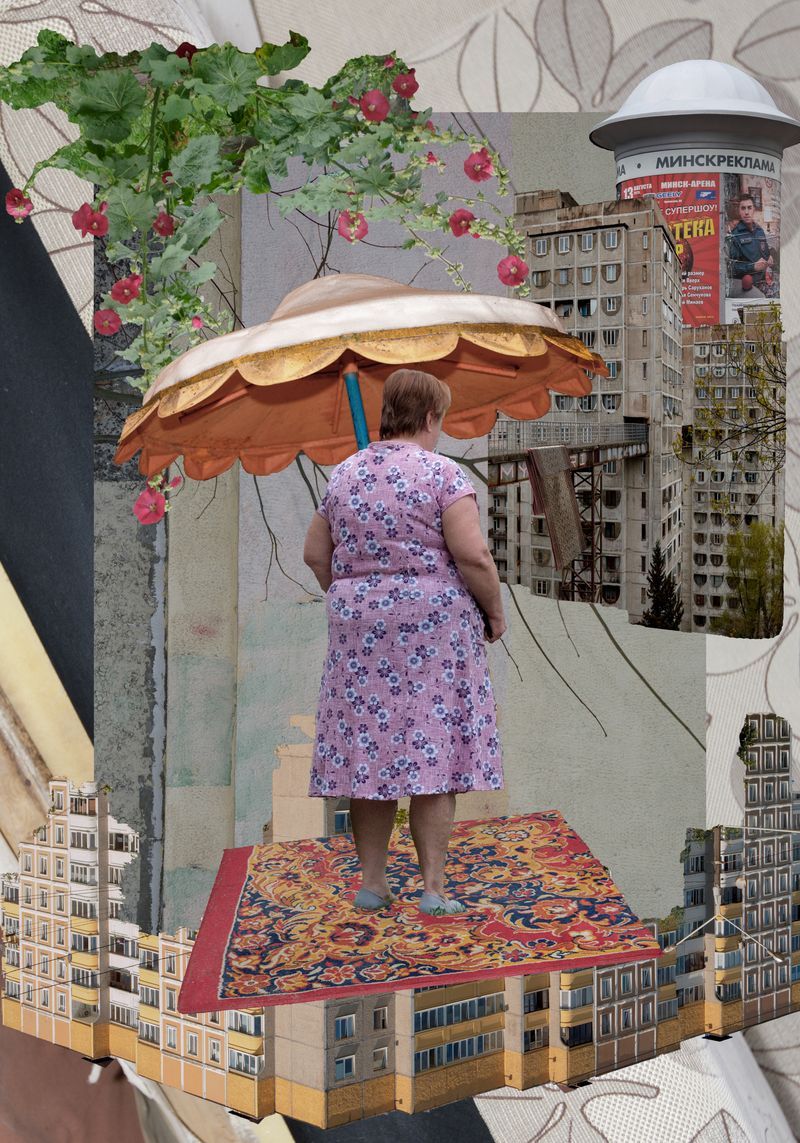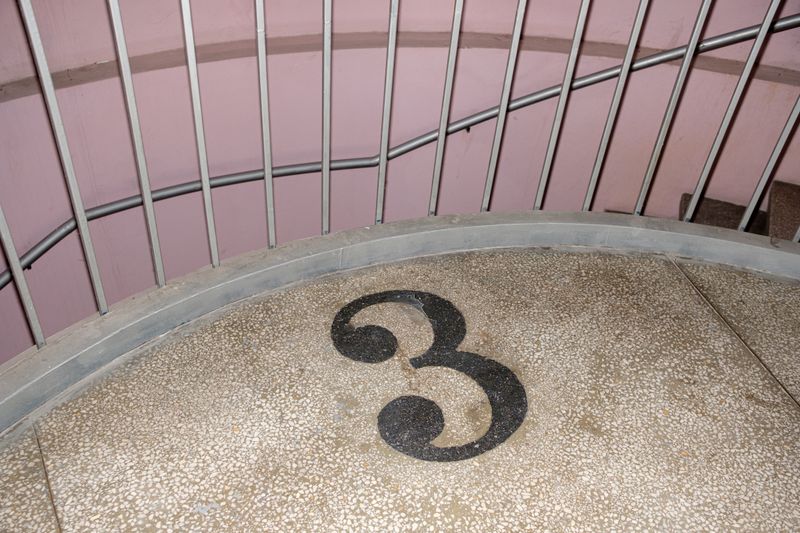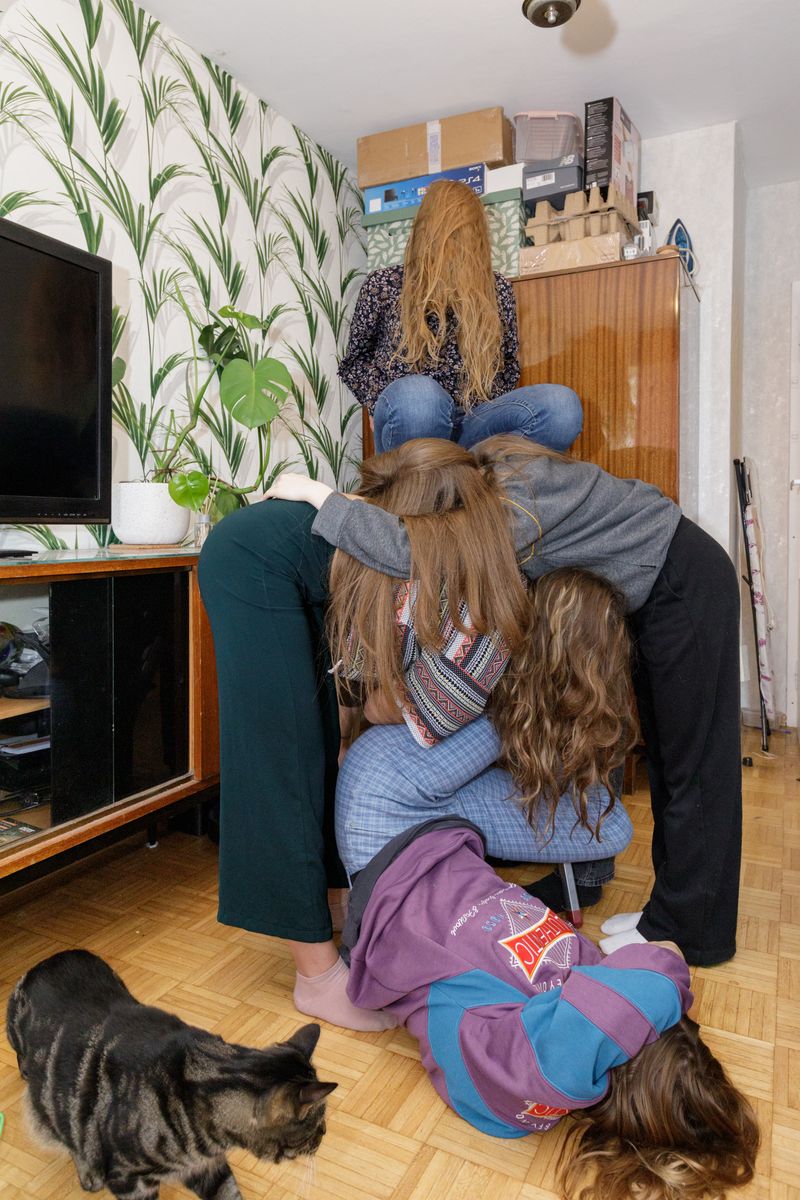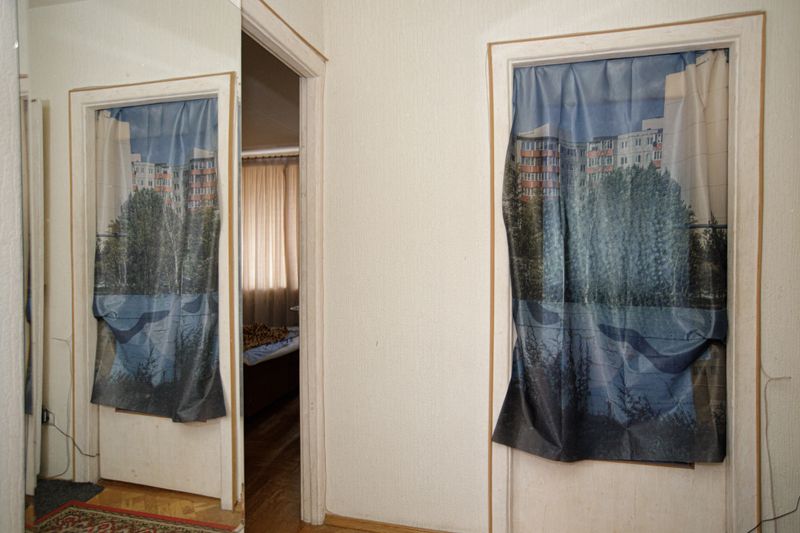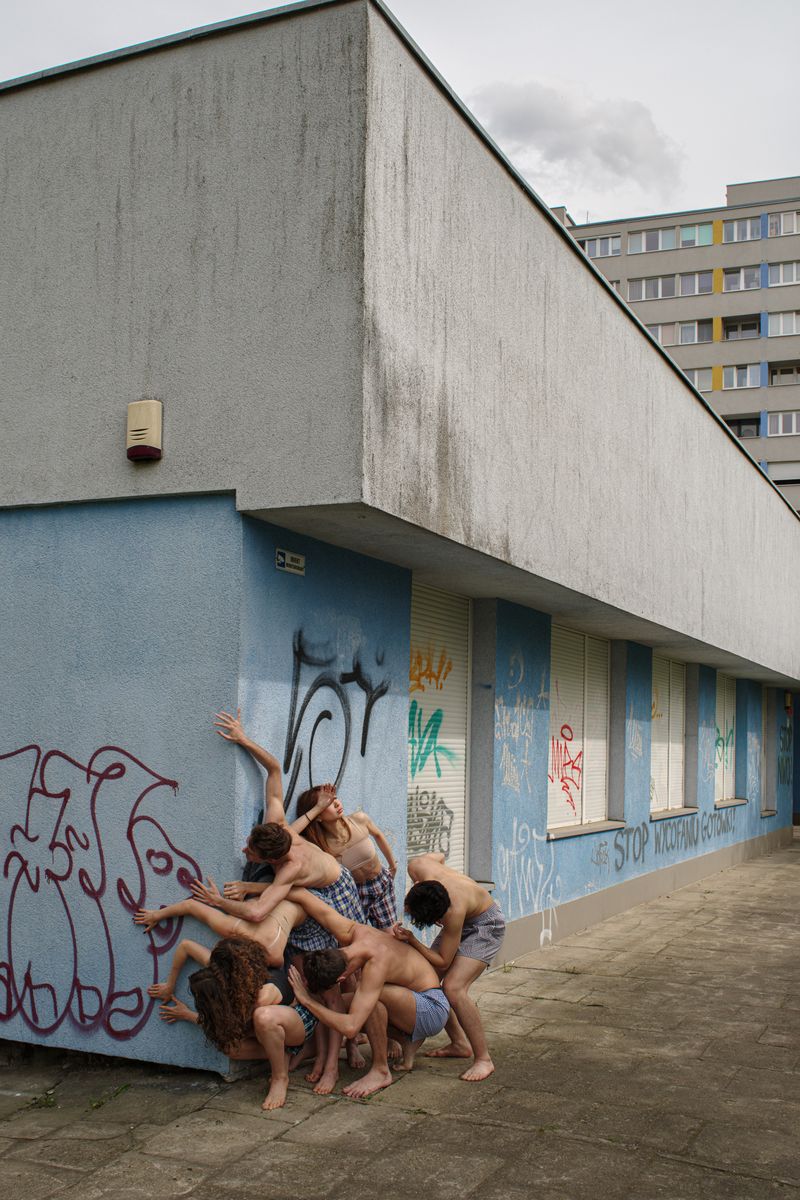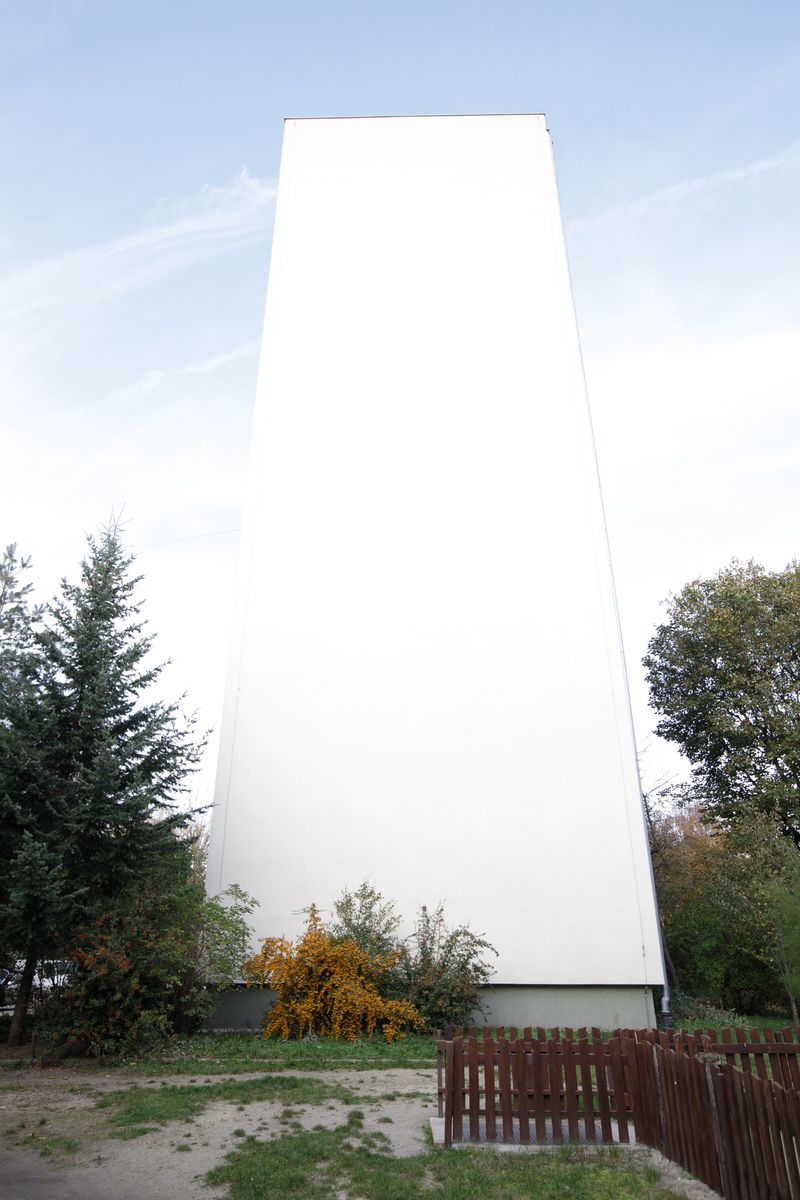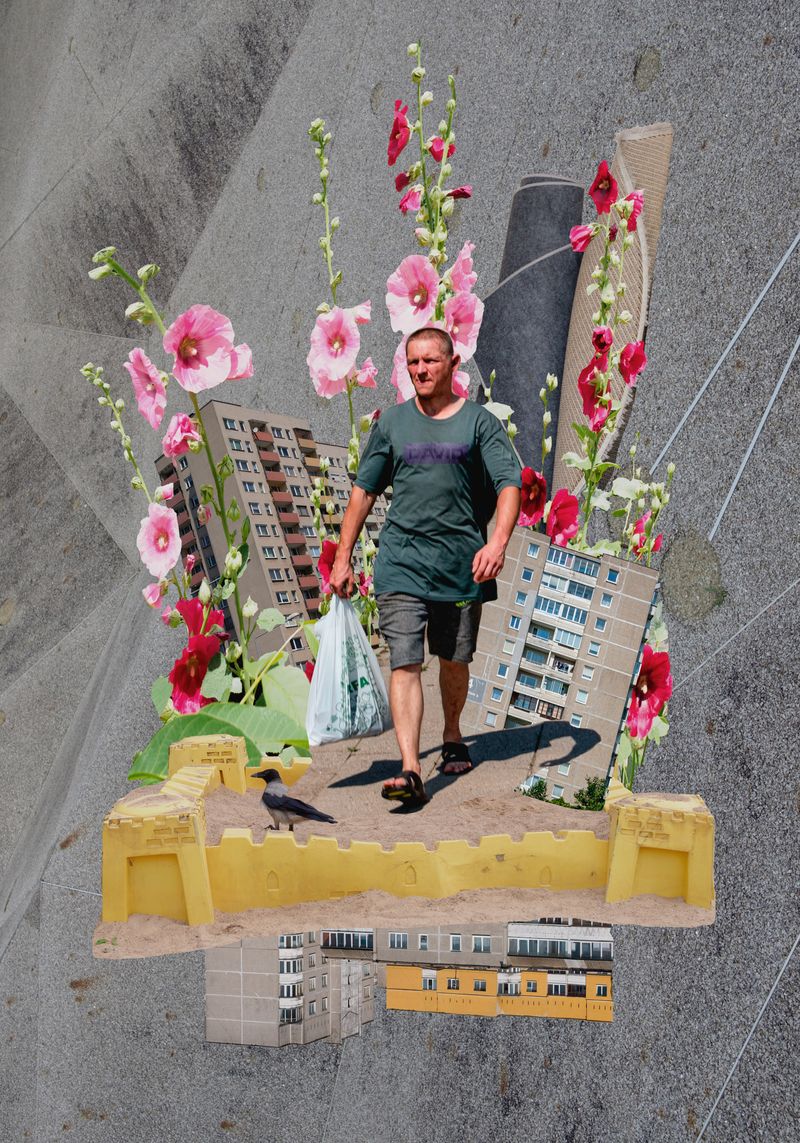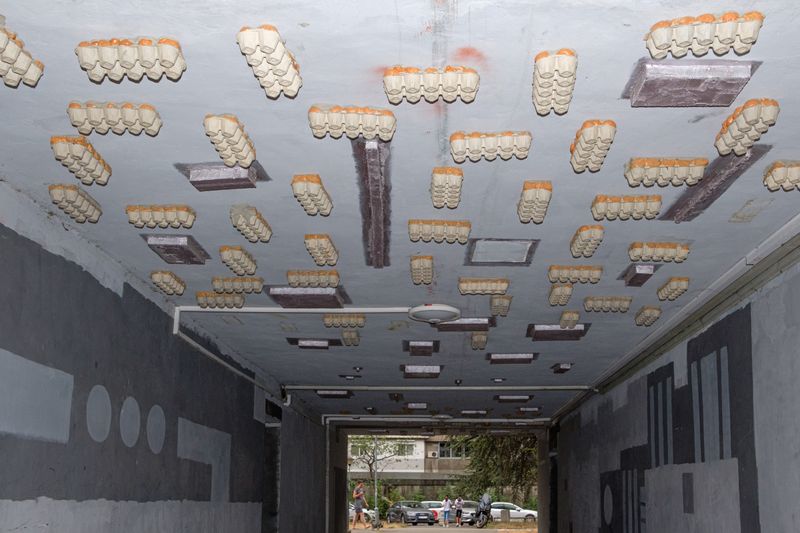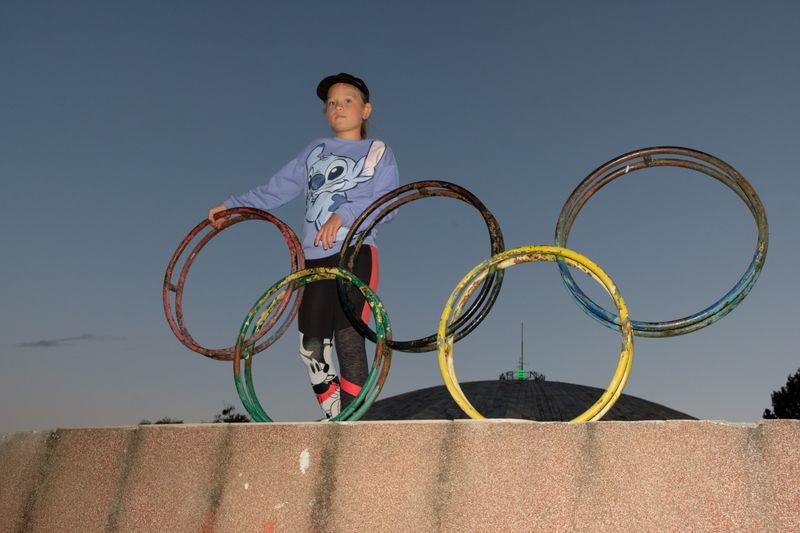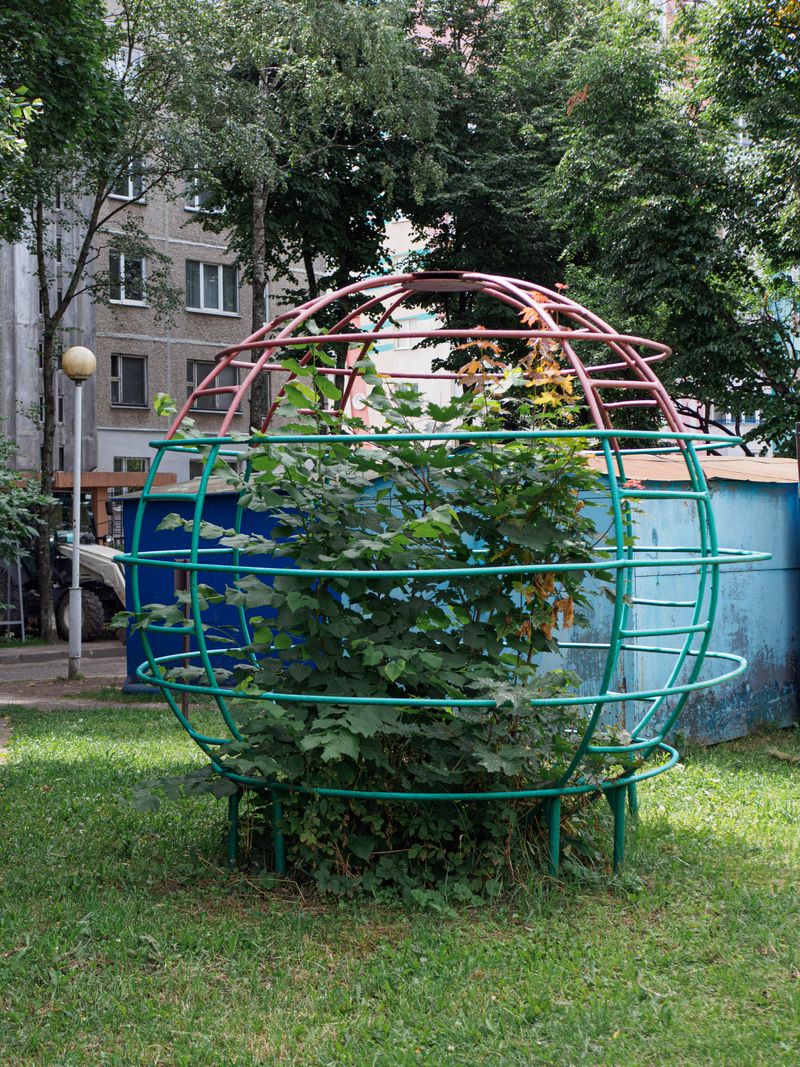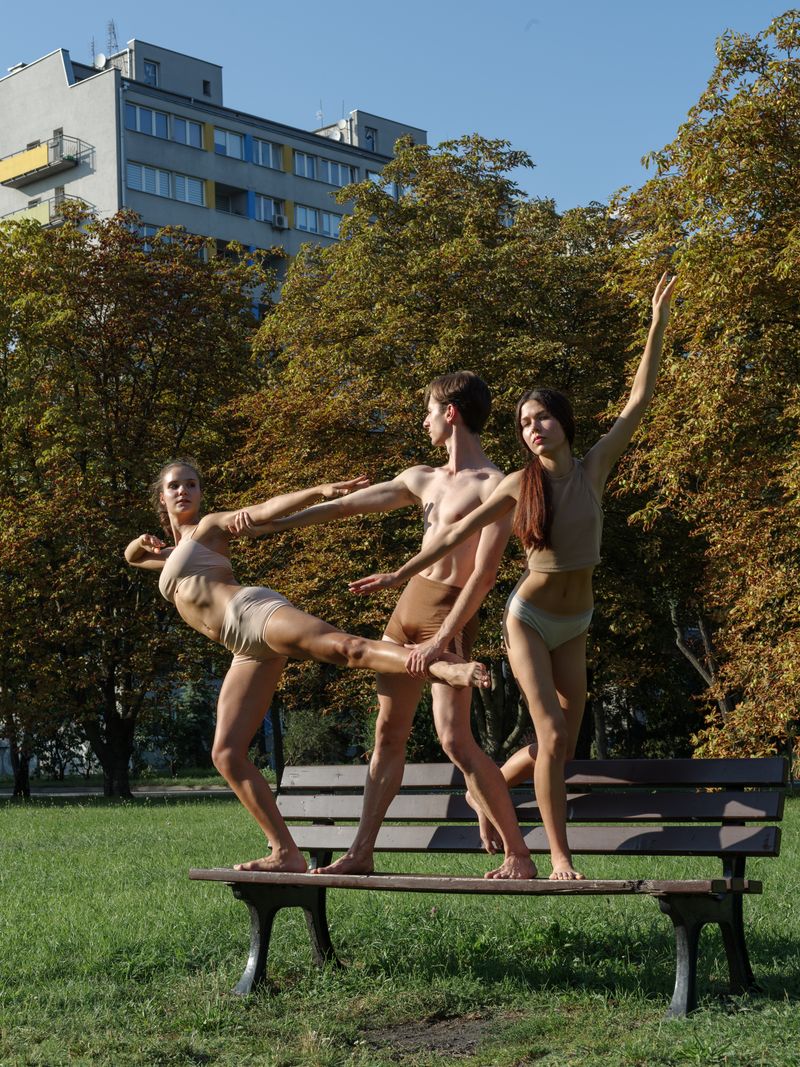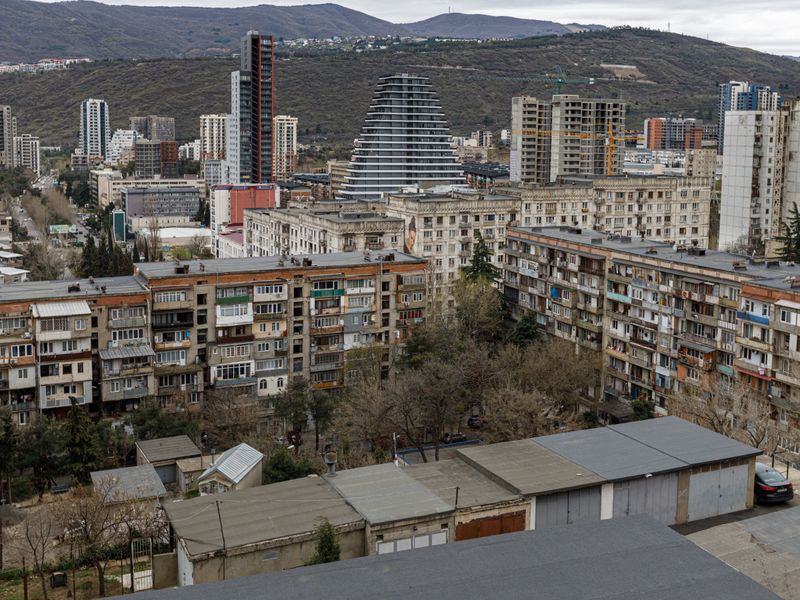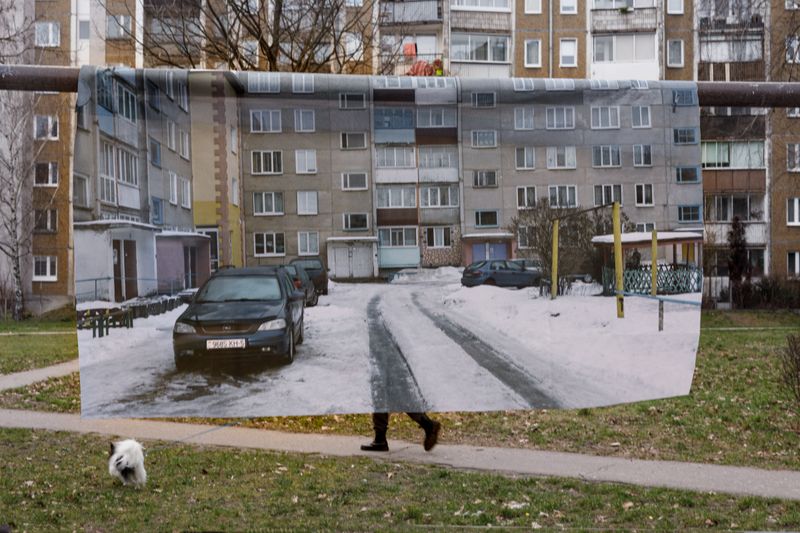BETONIUM
-
Dates2022 - Ongoing
-
Author
- Location Wrocław, Poland
BETONIUM explores how panel-built housing shaped identity in Central and Eastern Europe, blending modernist aesthetics, propaganda, and human stories. Spanning 11 countries, it examines urban control, collective memory, and the legacy of architectural her
BETONIUM explores the relationship between contemporary identity and architectural heritage in Central and Eastern Europe, focusing on panel-built residential blocks as tools of urban control and ideological power. Through "human sculptures," the project examines how architecture shapes lives, embedding collective dreams and aspirations into concrete.
Drawing on historical sculptures from the panel block construction era, I interrogate the concept of "stone idols," deconstructing narratives of control and idealisation. BETONIUM questions how these ideals were propagated in the Eastern Bloc through propaganda and in the West through modernist ambitions.
Spanning 11 countries across the former Iron Curtain—such as Poland, Slovakia, Georgia, Estonia, Serbia, and Belarus—I integrate block houses from one country into another using printed curtains. For instance, a Tbilisi (Georgia) panel house might appear in Tychy (Poland), or a Tallinn (Estonia) structure in Minsk (Belarus), blending environments to create a universal cityscape.
With AI, I create an "imaginary archive"mixing modernist aesthetics with ideological motifs. These digital collages, featuring industrial elements, machinery, and human figures, reflect the utopian ambitions of modernist design and the narratives of ideology.
Collages from my own photographs juxtapose past and present, capturing contrasts and tensions that reveal the complexity of identity in the former Eastern Bloc. Visiting individuals living in panel-block apartments, I document their everyday lives, portraying authenticity and simplicity within these monumental spaces.
Rooted in my experience growing up in a former Soviet republic, BETONIUM offers an insider’s perspective on the legacy of these structures and their role in shaping identity, community, and memory.
